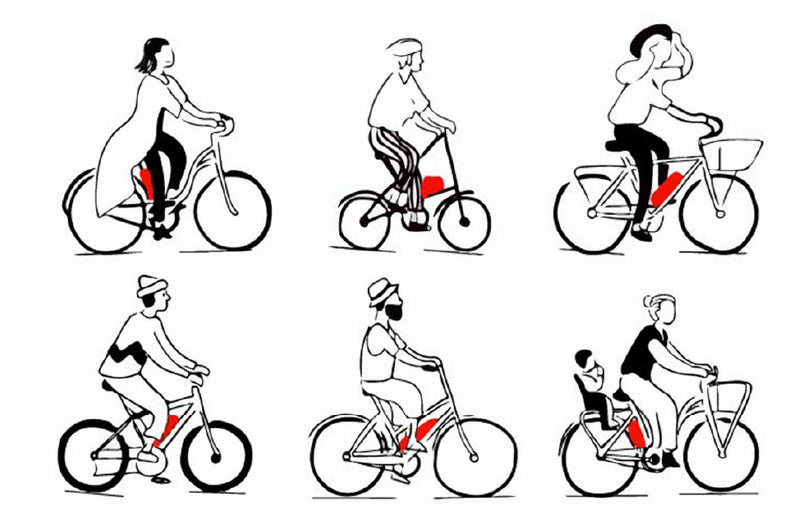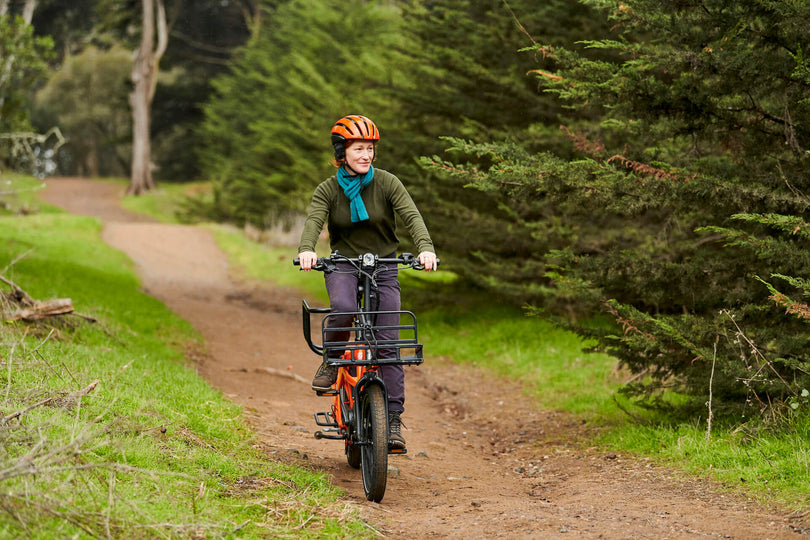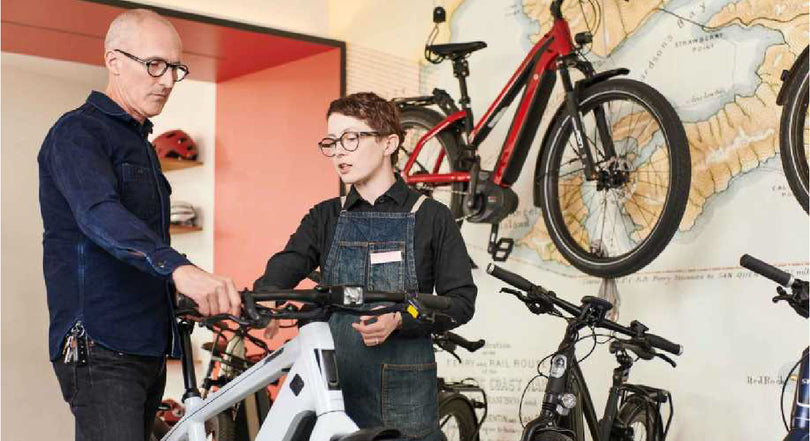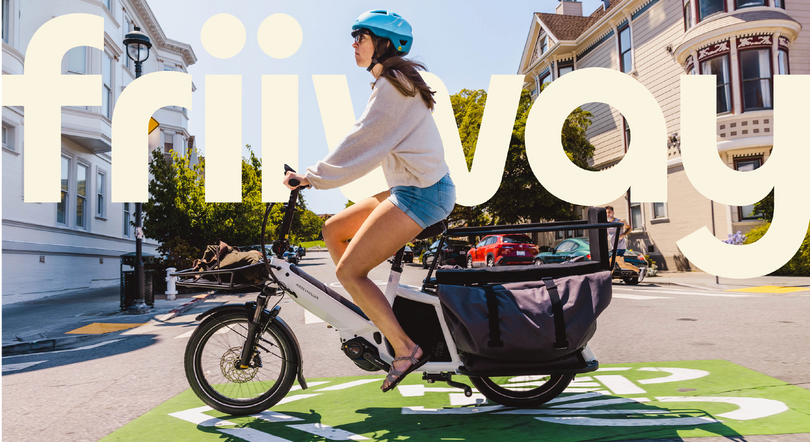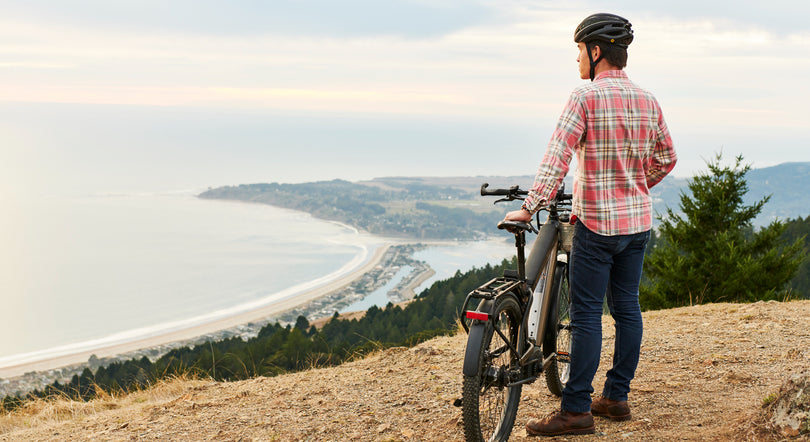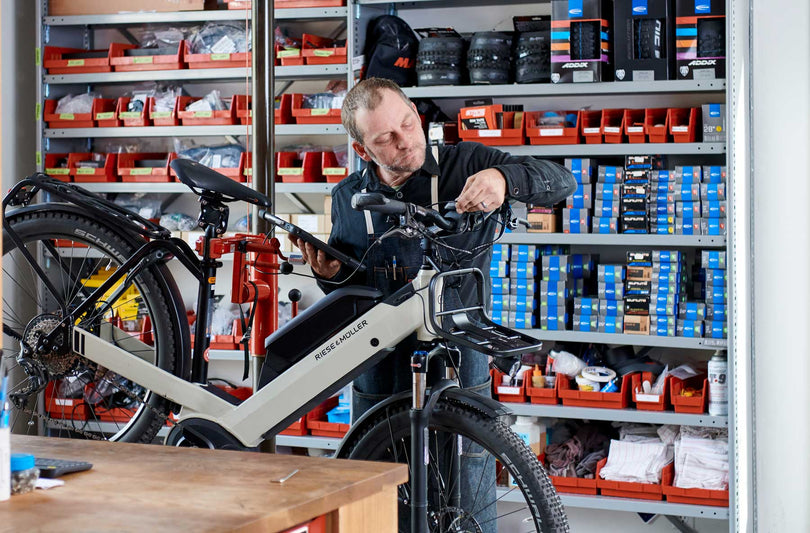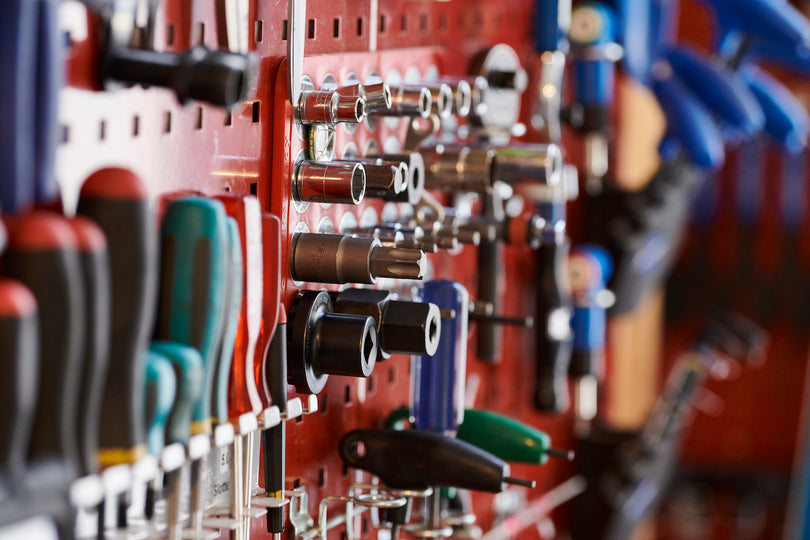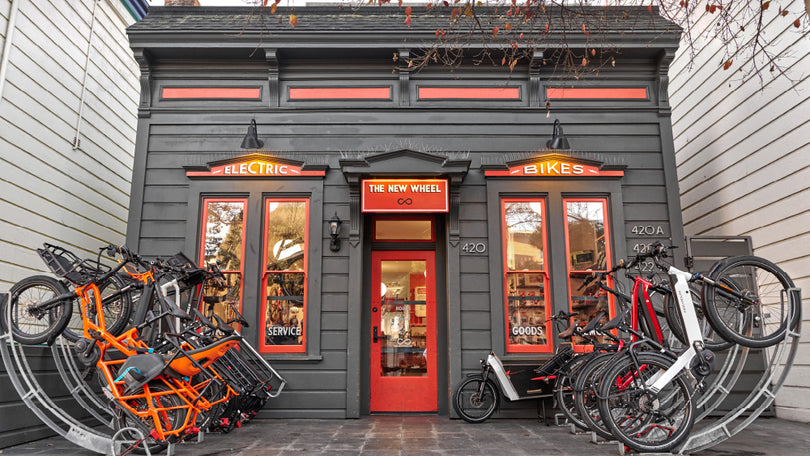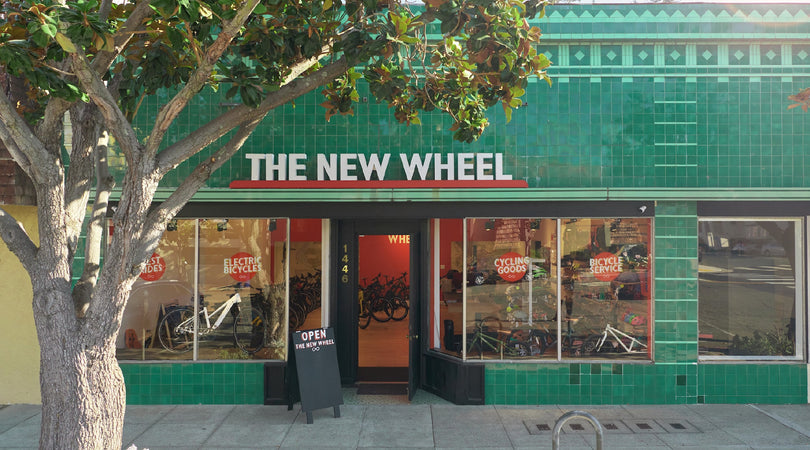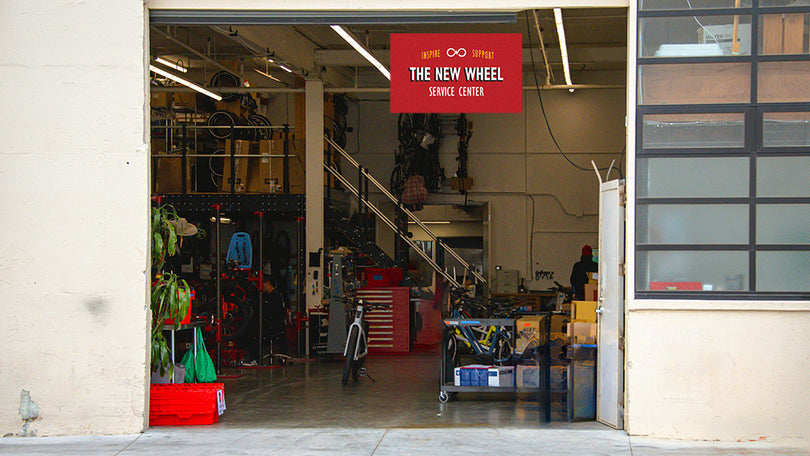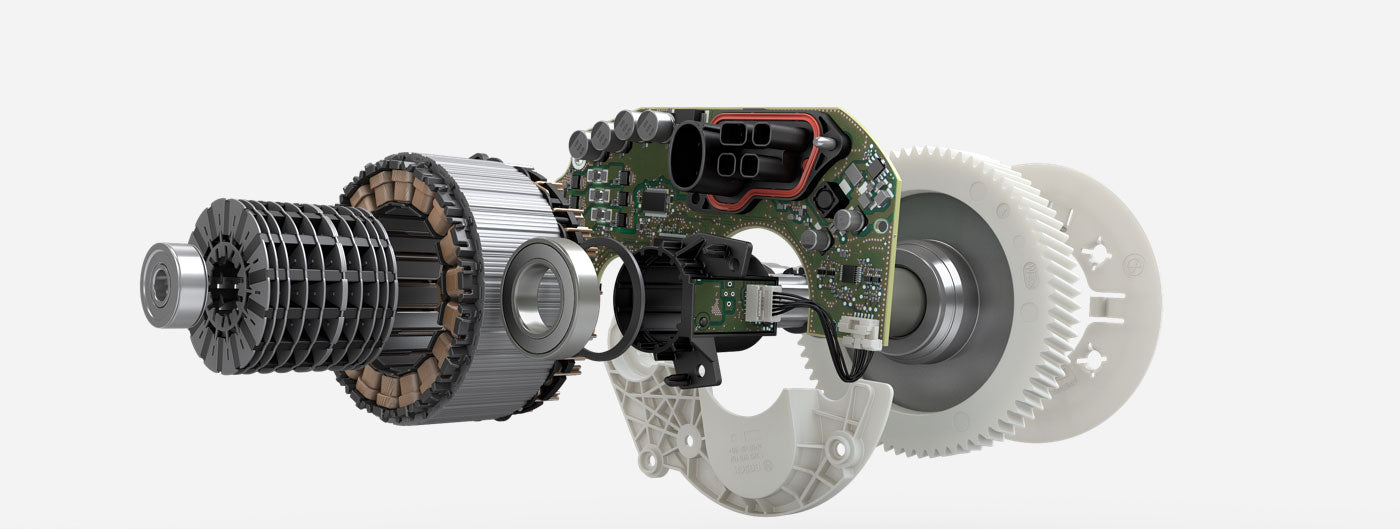NOT ALL PEDAL ASSIST BIKES ARE EQUAL
Many companies will market their ebikes as either pedal assist or throttle operated, but this is somewhat misleading. In fact, there are three distinct ways to operate an electric bicycle, and each manner of operation dramatically changes the way an electric bike rides and performs. The best way to understand ebike operation is as an evolution: from an early, simple generation to a more sophisticated third generation (or next generation) system.

FIRST GENERATION: THROTTLE
The simplest way to operate an ebike is with a throttle. Since it is so simple, it has been around the longest. Twist a lever or push a button and the bike goes. Let go and it stops. It’s simple, it works, but it can leave something to be desired as the interface is more like a scooter than a bike. On longer rides, the act of twisting or pushing a throttle every time you want power can become tiresome, and so throttle bikes are more and more being phased out in favor of pedal operated assist systems.
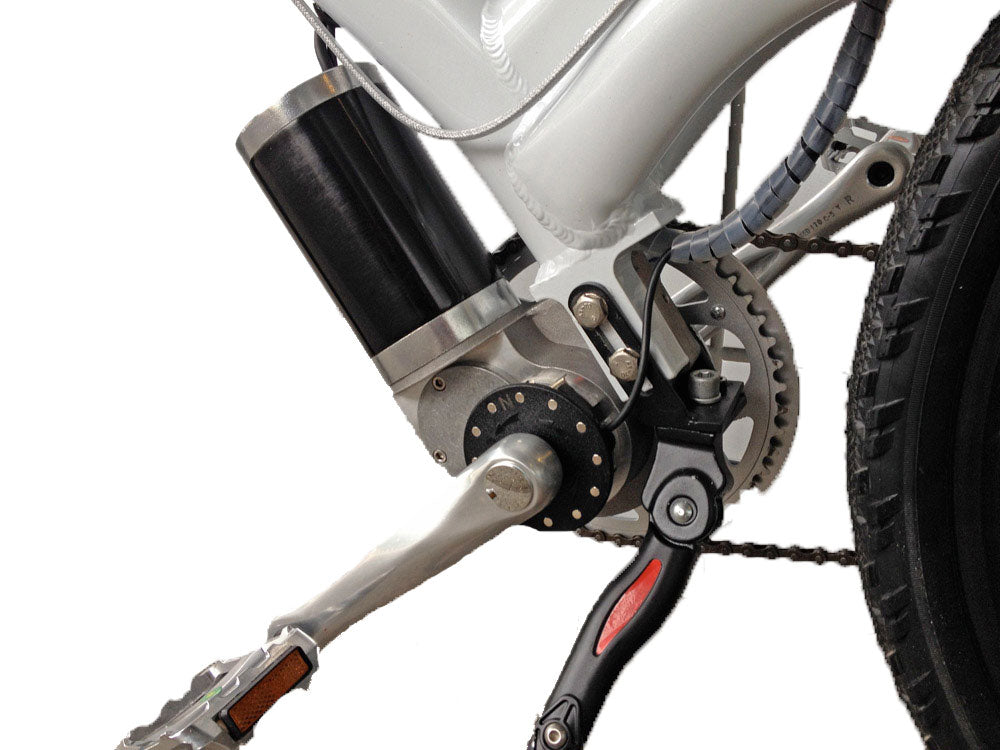
SECOND GENERATION: CADENCE SENSOR
A cadence sensor is like a throttle operated by your feet. The design is simple: a magnet is attached to pedals and a sensor picks up the movement of the magnet as you pedal. Start pedaling and the sensor tells the motor to turn on. Cadence sensors are more intuitive than a throttle, but have severe limitations. The ride can feel jerky, since the moment you start pedaling the motor wants to turn on at full power. Head up a hill and as your pedaling slows down, the cadence sensor tells the motor to give less power when what you need is more. All in all, a cadence sensor, while slightly more sophisticated than a throttle, is still far from an intuitive and elegant solution.
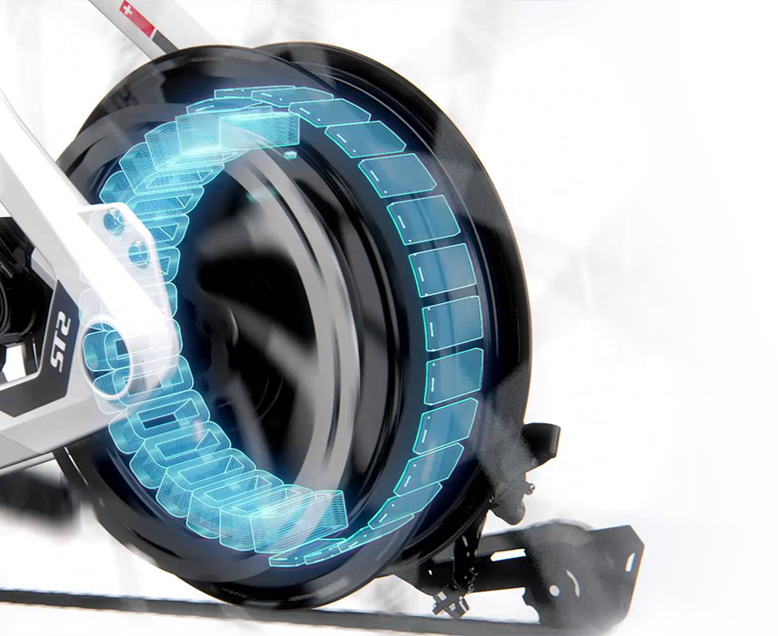
THIRD GENERATION: TORQUE SENSOR
The best electric bikes are the ones that form a seamless hybrid between your pedaling and the motor. The only way to make that happen is to have a torque sensor. Torque sensors measure how hard you are pressing on the pedals, and tell the motor how much to turn on based on pedal pressure. Head up a hill and the torque sensor knows you’re working harder and tells the motor to chip in. The true magic happens when a torque sensor is combined with a speed and cadence sensor. This trio is able to give the motor controller a complete picture of how you are riding so that it can give power in just the right amount at just the right time.




